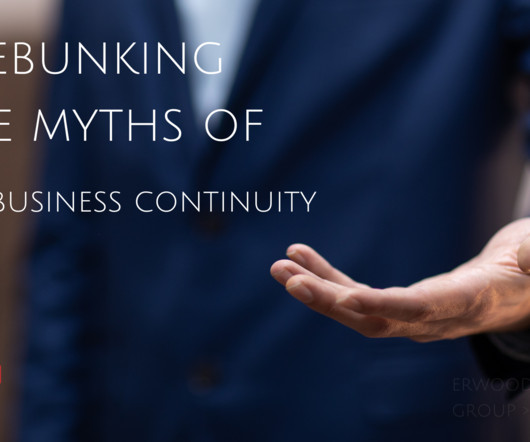An Introduction to FFIEC: BCM’s Gold Standard
MHA Consulting
MARCH 23, 2023
Collectively, these guidelines make up the FFIEC Business Continuity standard, whose purpose is to make sure the banks and other financial institutions that are required to follow it can continue to operate even if they are hit with a disruption.
















Let's personalize your content